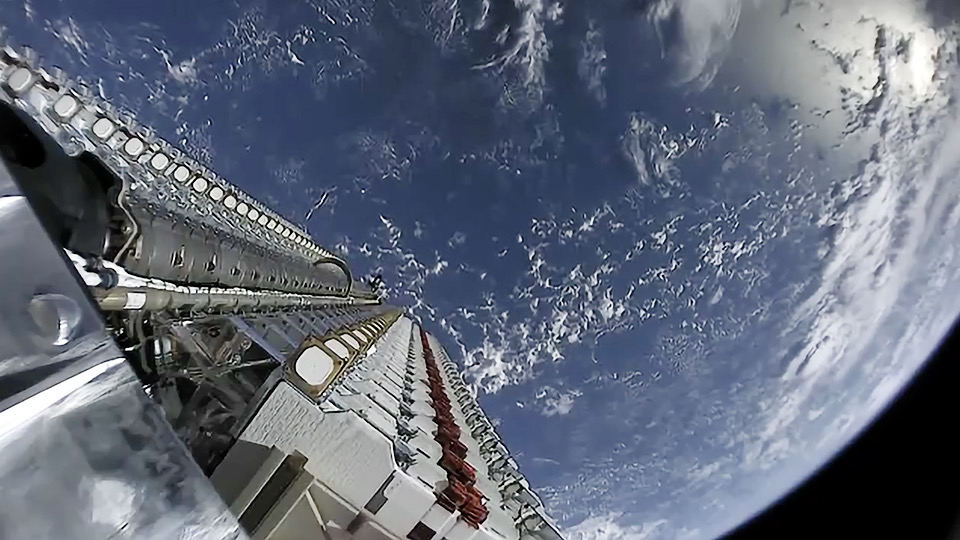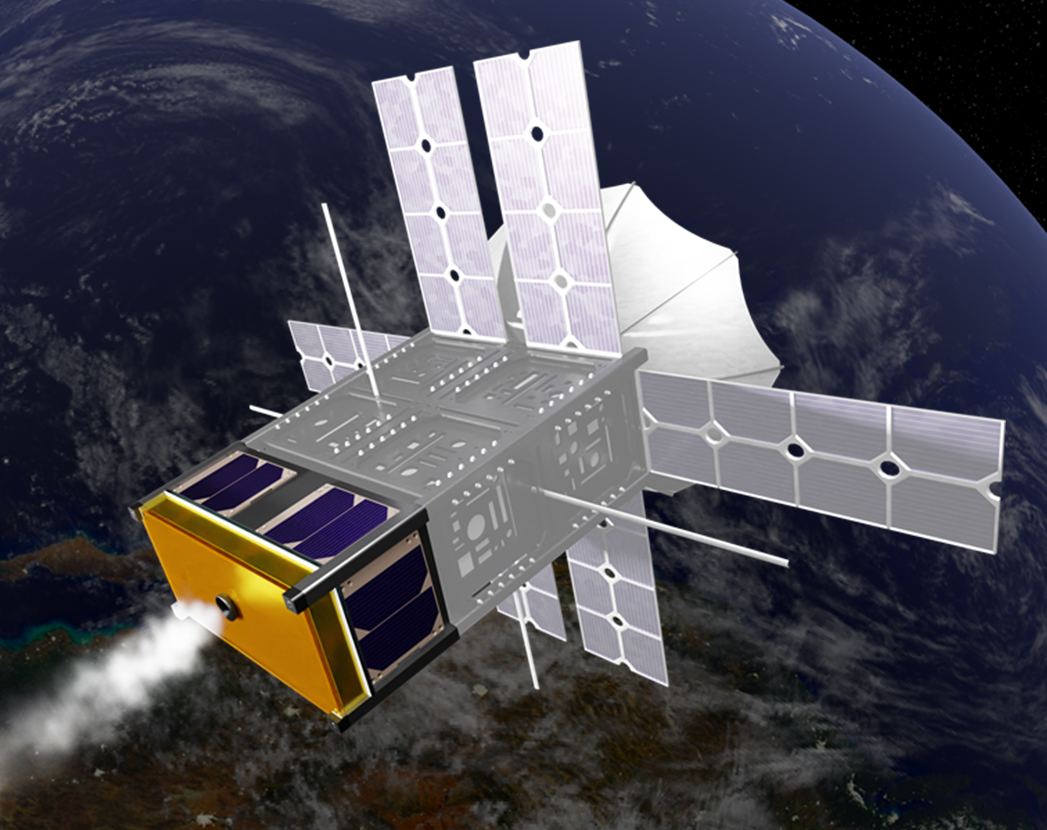Two companies, OneWeb and SpaceX, are racing to put fleets of thousands of communication satellites into orbit. In March they had their first near-miss. Avoidance maneuvers were successful, but how many more close calls will they face in the future?
Continue reading “Starlink and OneWeb Have Their First Avoidance Maneuver With Each Other’s Constellations”Satellites Have Brightened the Skies by About 10% Across the Entire Planet
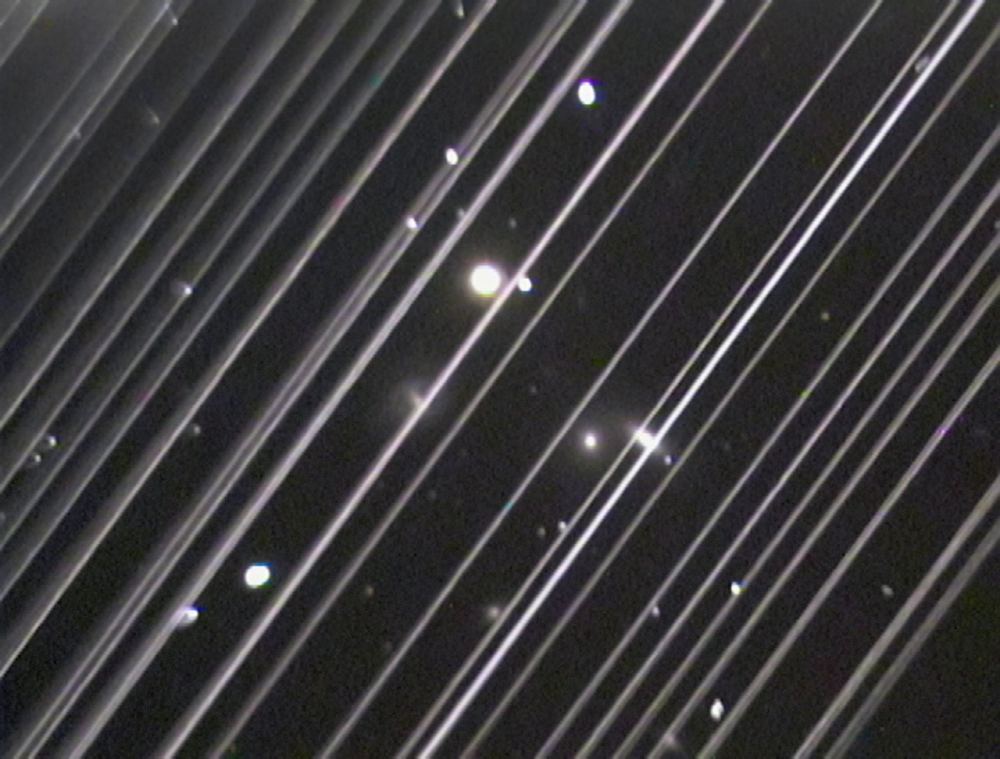
New research has found that as the number of satellites in Earth orbit continues to increase, their accumulated light pollution will brighten the night sky – making it much harder to do fundamental astronomy.
Continue reading “Satellites Have Brightened the Skies by About 10% Across the Entire Planet”Tracking Satellites Through GEOSat Eclipse Season
You can spot ‘GEOSat’ satellites in far-flung orbits… if you know exactly where and when to look.
Watch the sky long enough, and you’re bound to see one.
Seasoned observers are very familiar with seeing satellites in low Earth orbit, as these modern artificial sky apparitions lit by sunlight grace the dawn or dusk sky. Occasionally, you might even see a flare from a passing satellite, as a reflective solar panel catches the last rays of sunlight passing overhead just right…
Continue reading “Tracking Satellites Through GEOSat Eclipse Season”Earth’s Atmosphere Can Generate a “Space Hurricane”
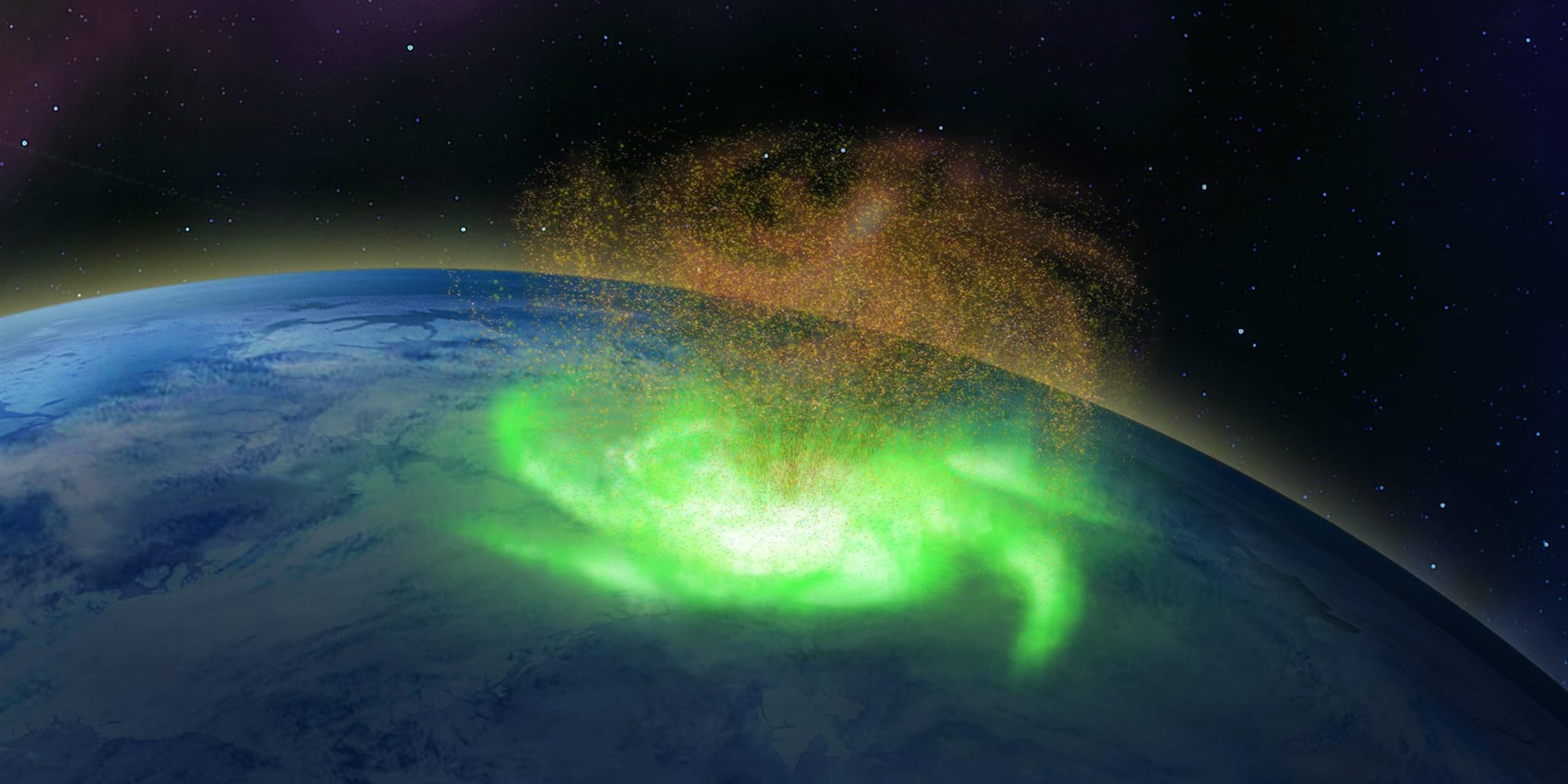
There are hurricanes in space.
Researchers looking through archival data found evidence of a previously unobserved phenomenon — a giant swirling mass of plasma above Earth’s northern polar region. The “space hurricane,” as the science team calls it, churned for hours, raining down electrons instead of water.
Continue reading “Earth’s Atmosphere Can Generate a “Space Hurricane””A new Method to Capture High-Resolution Images of Space Debris
“You can’t hit what you can’t see” is a common phrase in sports and was originally derived to describe baseball pitcher Walter Johnson’s fastball. But the same goes for things with a more serious spin, such as some of the millions of pieces of debris floating in Low Earth Orbit (LEO). Now, a team of researchers have come up with a new imaging system that will allow agencies and governments to closely track some of the debris that is cluttering LEO and potentially endangering humanity’s future expansion to the stars.
Continue reading “A new Method to Capture High-Resolution Images of Space Debris”How Long Will Space Junk Take to Burn Up? Here’s a Handy Chart
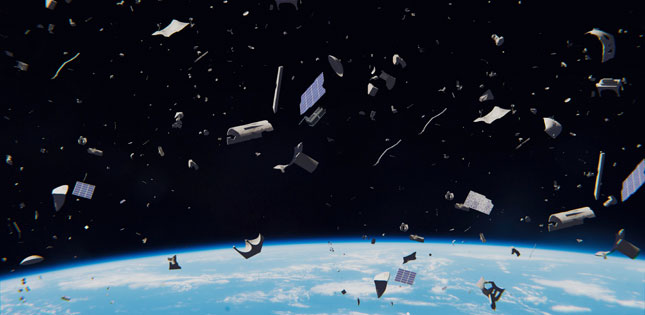
If the Roman Empire had been able to launch a satellite in a relatively high Low Earth Orbit – say about 1,200 km (750 miles) in altitude – only now would that satellite be close to falling back to Earth. And if the dinosaurs had launched a satellite into the furthest geostationary orbit – 36,000 km (23,000 miles) or higher — it might still be up there today.
Continue reading “How Long Will Space Junk Take to Burn Up? Here’s a Handy Chart”A Steampunk Engine to Solve Your Satellite Woes!
In 1999, technicians from the California Polytechnic State University (Cal Poly) and Stanford University developed the specifications for CubeSat technology. In no time at all, academic institutions were launching CubeSats to conduct all manner of scientific research and validate new satellite technologies. Since 2013, the majority of launches have been conducted by commercial and private entities rather than academia.
Unfortunately, CubeSats have been held back until now because of a lack of good propulsion technology. In addition, there are concerns that with the proliferation of small satellites, Low Earth Orbit (LEO) will become overcrowded. Thanks to Howe Industries and a breakthrough engine design (known as the ThermaSat) that utilizes steam to generate propulsion, all of that could change very soon.
Continue reading “A Steampunk Engine to Solve Your Satellite Woes!”What Would a Realistic Space Battle Look Like?
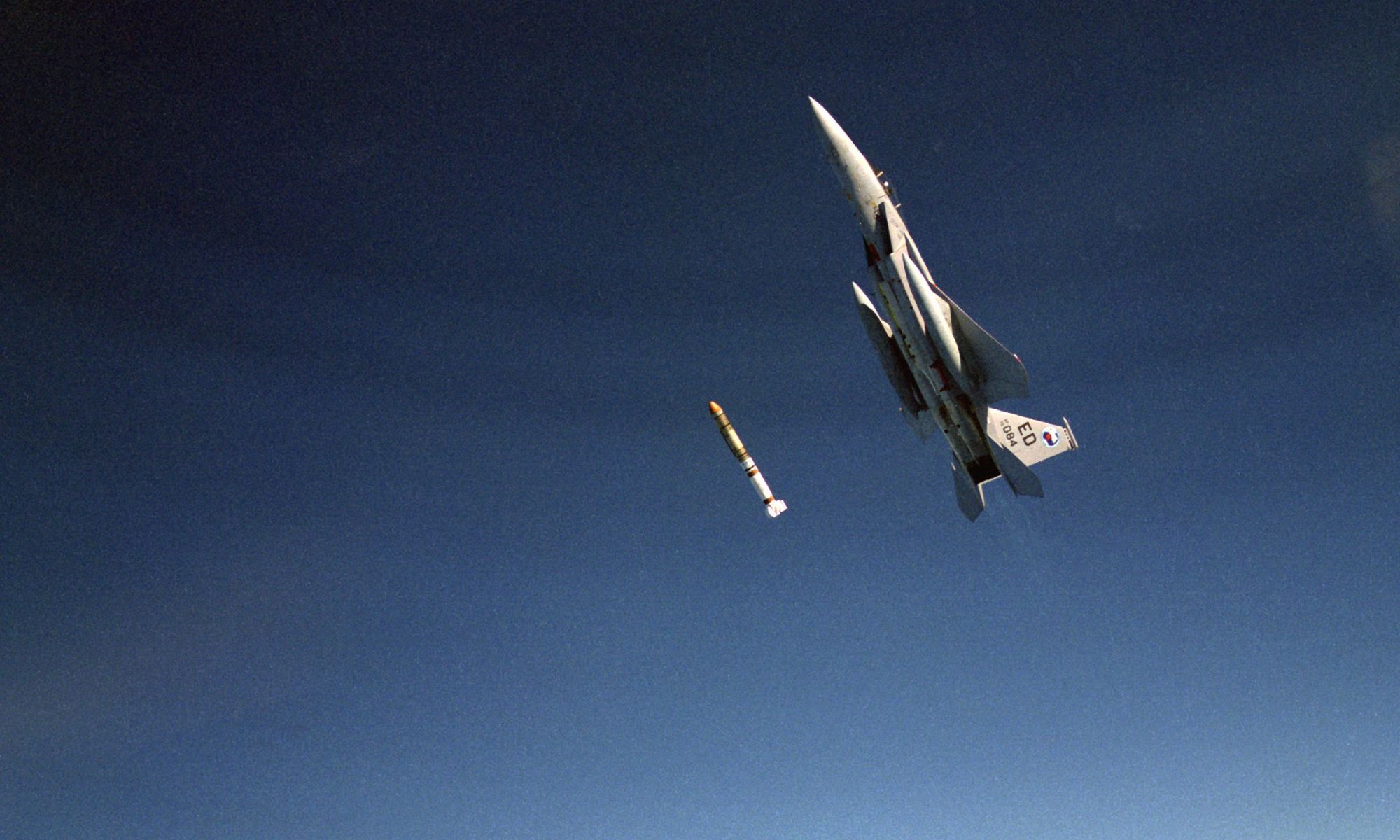
Science fiction space movies can do a poor job of educating people about space. In the movies, hot-shot pilots direct their dueling space ships through space as if they’re flying through an atmosphere. They bank and turn and perform loops and rolls, maybe throw in a quick Immelman, as if they’re subject to Earth’s gravity. Is that realistic?
No.
In reality, a space battle is likely to look much different. With an increasing presence in space, and the potential for future conflict, is it time to think about what an actual space battle would look like?
Continue reading “What Would a Realistic Space Battle Look Like?”Earth Observation Satellites Could be Flown Much Lower than Current Altitudes and Do Better Science
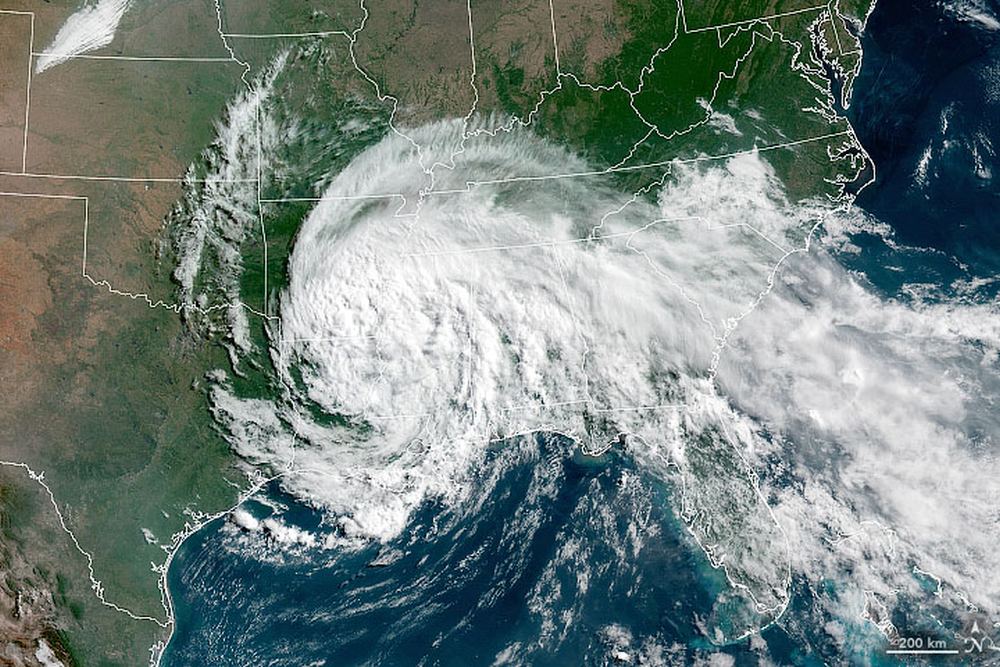
Satellite engineers know what every photographer knows: get close to your subject to get better pictures. Not just visible light pictures, but all across the spectrum. The lower altitude also improves things like radar, lidar, communications, and gps.
But when your subject is Earth, and Earth is surrounded by an atmosphere, getting closer is a delicate dance with physics. The closer a satellite gets to Earth, the more atmospheric drag it encounters. And that can mean an unscheduled plummet to destruction for Earth-Observing (EO) satellites.
Continue reading “Earth Observation Satellites Could be Flown Much Lower than Current Altitudes and Do Better Science”Russia Just Tested an Anti-Satellite Weapon

The United States and Russia/USSR have been adversaries for a long time. Their heated rivarly stretches back to the waning days of WW2, when the enormous Red Army was occupying large swathes of eastern Europe, and the allies recognized the inherent threat.
The Cold War followed, when the two nations aimed an absurd number of nuclear warheads at each other. Then came the Space Race, when both nations vied for the prestige of making it to the Moon.
The US won that race, but the rivalry didn’t cool down.
Continue reading “Russia Just Tested an Anti-Satellite Weapon”
